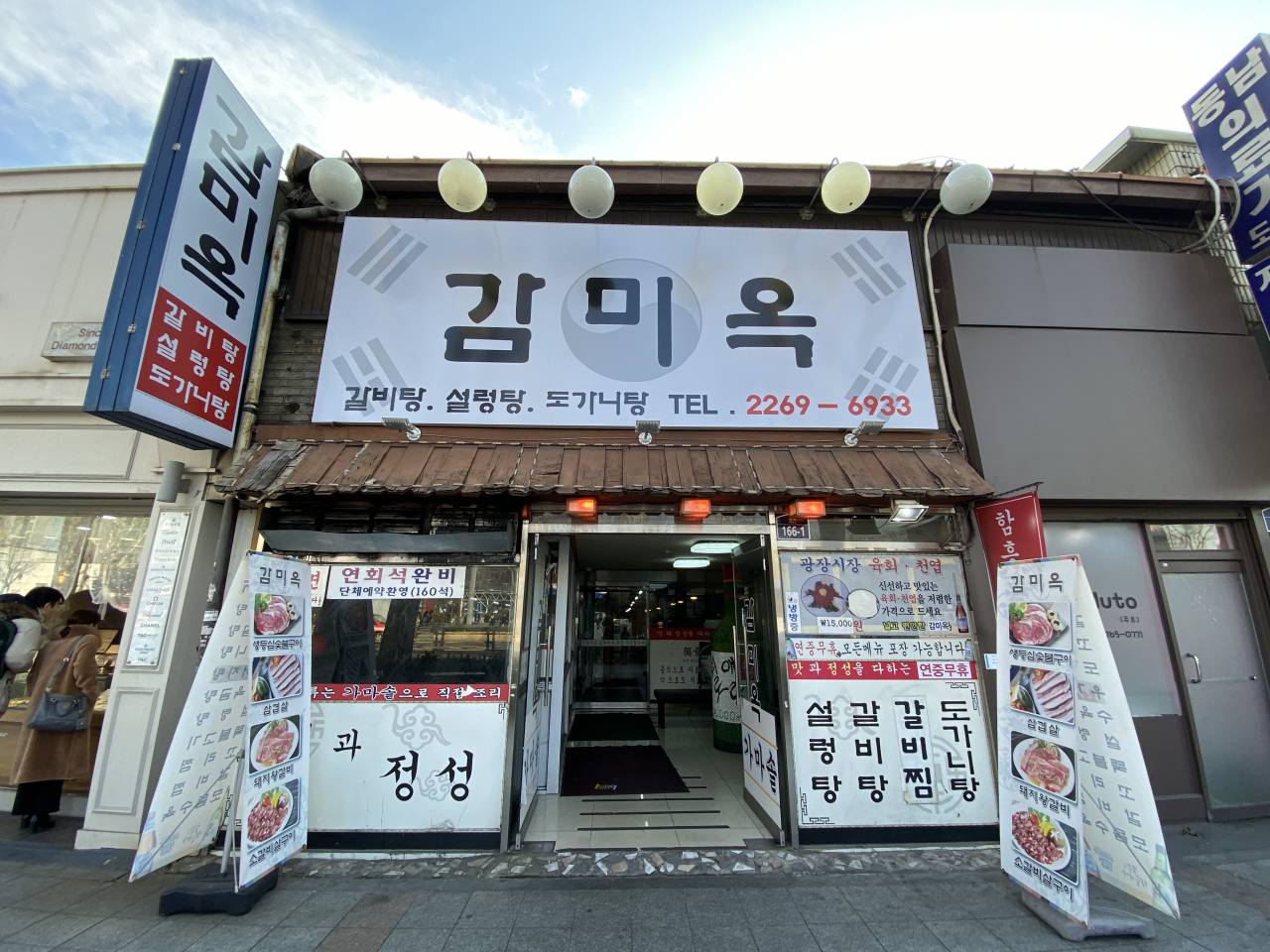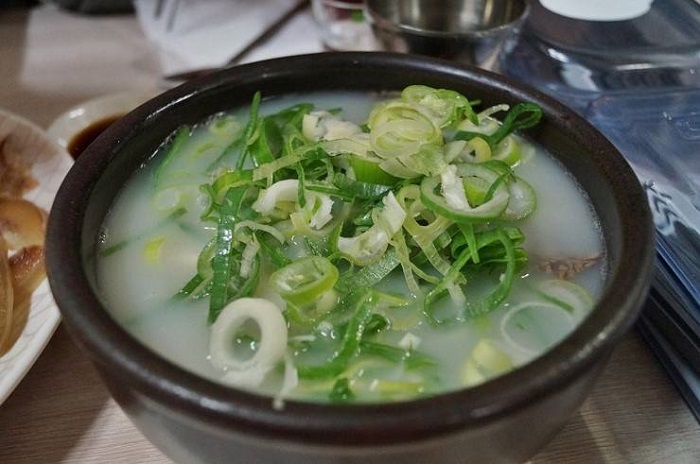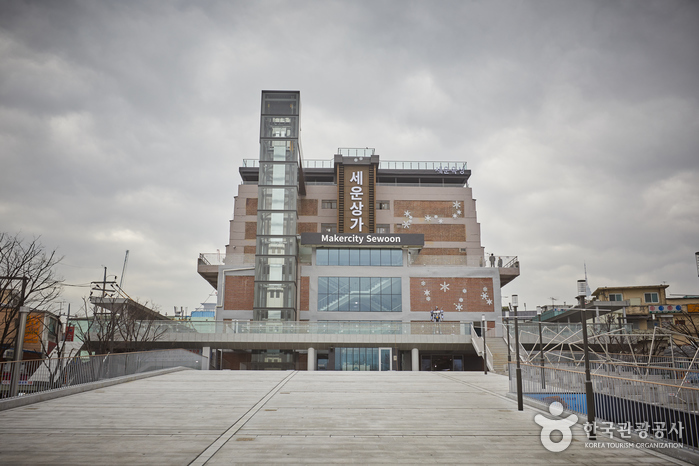Tonymoly - Euljiro 3(sam)-ga Station Branch [Tax Refund Shop] (토니모리 을지로3가역점)
1.9Km 2024-06-27
B3-14, 131, Eulji-ro, Jung-gu, Seoul
-
GAMMEEOK (감미옥)
1.9Km 2021-03-18
166-1, Jong-ro, Jongno-gu, Seoul
+82-2-2269-6933
A restaurant specializing in seolleongtang (ox bone soup) for over 30 years now. The best menu at this restaurant is ox bone soup. This is a Korean cuisine located in Jongno-gu, Seoul.
Jinguk Seolleongtang (진국설렁탕)
1.9Km 2021-03-29
293, Gosanja-ro, Seongdong-gu, Seoul
+82-2-2292-4700
It is a store that’s open 24 hours a day. This Korean dishes restaurant is located in Seongdong-gu, Seoul. The most famous menu is ox bone soup.
Sewoon Plaza (세운상가)
1.9Km 2024-10-25
159 Cheonggyecheon-ro, Jongno-gu, Seoul
Makercity Sewoon is Korea's first comprehensive electronics market, established in 1968 and has a 40-year history. As a mecca in the urban electronics industry area located in Jongno, the center of Seoul, you can purchase various electronic products here.
Since 2014, Seoul's urban regeneration project has been underway, and a pedestrian overpass, rooftop observatory, plaza, and Makers Cube, where you can experience the 4th industrial revolution, have been created to provide unique attractions.
Sewoon Plaza (세운전자상가(세운전자플라자))
1.9Km 2023-11-23
159 Cheonggyecheon-ro, Jongno-gu, Seoul
+82-2-2271-2344
Sewoon Plaza, also known as Sewoon Electronics Plaza, was famous for electronic goods as the sole electronics shop before Yongsan Electronics Department Store was built. The scale doesn’t meet that of Yongsan Mall but its location in the heart of downtown Seoul as well as their 10 years of fame have worked to keep a strong customer base.
The department store is divided into two buildings along Cheonggyecheon-ro. Most of the electornics are available on the first building. On the first floor, home and lifestyle electronic goods including irons, hair dryers, telephones, razors as well as gas stoves, various heaters, kitchen tools and more are sold. On the second floor, visitors can find televisions, fridges, laundry machines, audio & video devices. On the third floor, newlyweds can buy their electronic goods and appliances for the kitchen. Also, computers and related devices and parts are available on the fourth floor. The price range here is relatively cheaper than the regular consumer price.




 English
English
 한국어
한국어 日本語
日本語 中文(简体)
中文(简体) Deutsch
Deutsch Français
Français Español
Español Русский
Русский